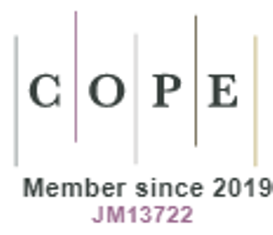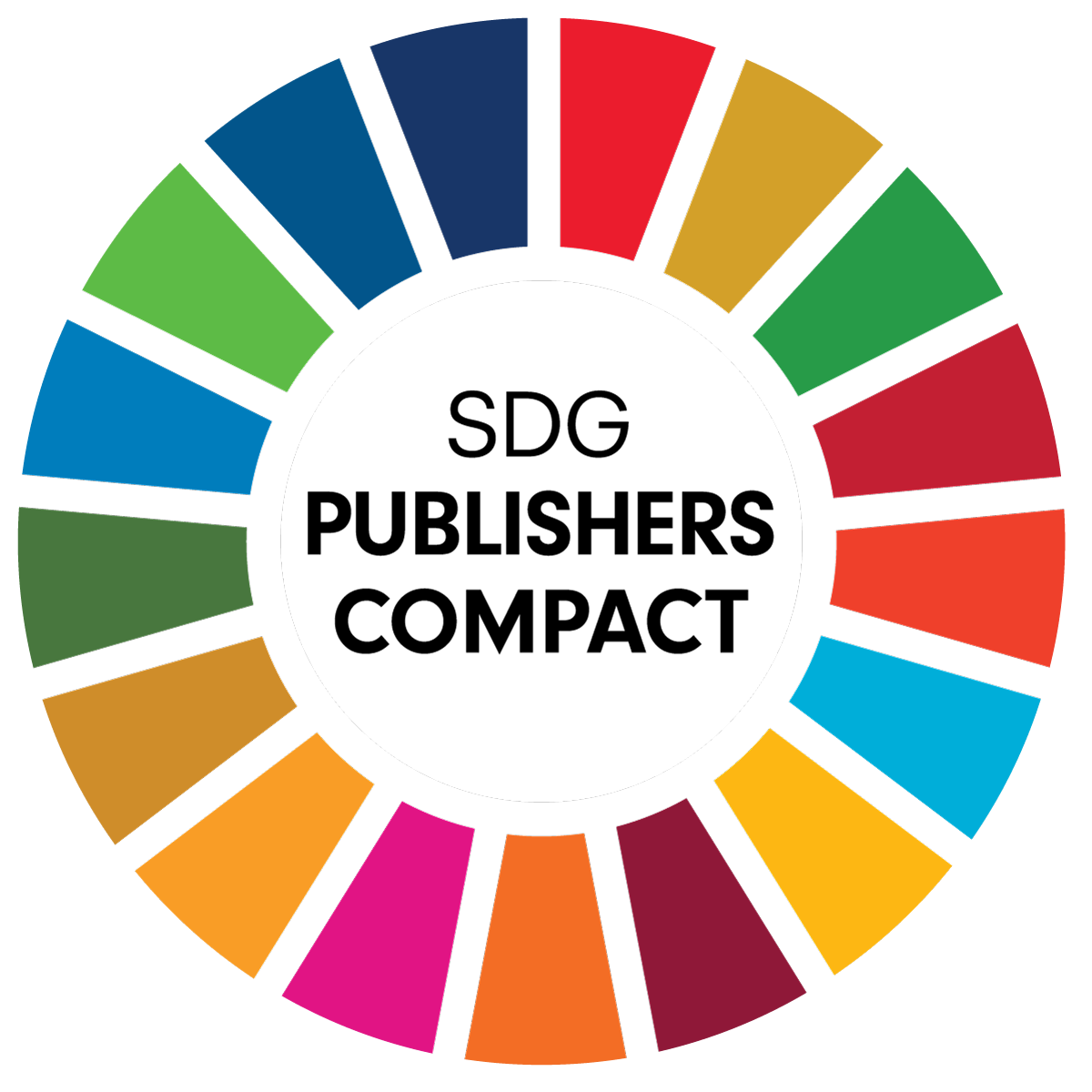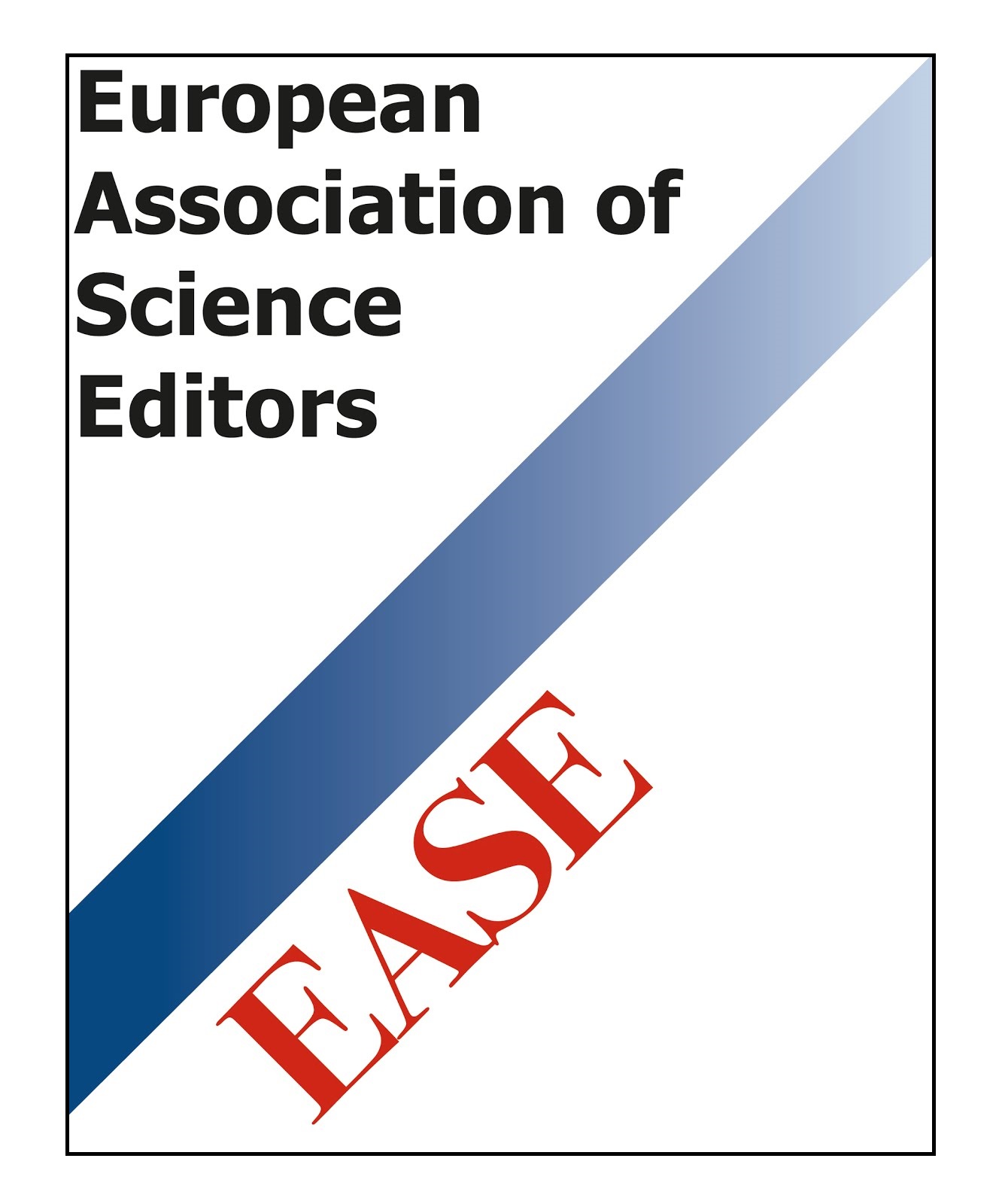Comparative Analysis of 13,14C Induced Reactions on 232Th Target
DOI:
https://doi.org/10.15415/jnp.2021.91009Keywords:
Isotopes, Fusion-fission, Compound nucleus, Dynamical Cluster Decay Model (DCM), Preformation probabilityAbstract
We have investigated the pairing and magicity effect in context of a comparative study of 13,14C induced reactions on 232Th target at energies in the vicinity of Coulomb barrier. The fission distribution and related properties are explored in terms of the summed-up preformation probabilities. The barrierpenetrability is found to be higher for fragments emitted from 246Cm* formed in 14C+232Th reaction than those emitted in the fission of 245Cm*, leading to higher magnitude of cross-section for earlier case. The DCM calculated fusion-fission cross-sections using ΔR=0 fm are normalised to compare with the available experimental data. The calculations are done for spherical shape of fragments and it will be of further interest to explore the fission mass distribution after the inclusion of deformations.
Downloads
References
M. Kaur, B. B. Singh and M. K. Sharma, AIP Conference Proceedings 2532, 050031 (2021). https://doi.org/10.1063/5.0053354
R. K. Gupta, R. Kumar, N. K. Dhiman, M. Balasubrmaniam, W. Scheid and C. Beck, Phys. Rev. C 68, 014610 (2003). https://doi.org/10.1103/PhysRevC.68.039901
B. B. Singh, M. K. Sharma and R. K. Gupta, Phys. Rev. C. 77, 054613 (2008). https://doi.org/10.1103/PhysRevC.77.054613;
B. B. Singh, PhD Thesis, Thapar University, Patiala (2009).
D. Jain, R. Kumar, M. K. Sharma and R. K. Gupta, Phys. Rev. C. 85, 024615 (2012). https://doi.org/10.1103/PhysRevC.85.024615
B. B. Singh et al., Jour. of Phys. Conf. Proc. 569, 012030 (2014). https://doi.org/10.1088/1742-6596/569/1/012030
Jour. of Phys. Soc. Conf. Proc 6, 030001 (2014). https://doi.org/10.7566/JPSCP.6.030001
EPJ Web Conf. 86, 00048 (2015). https://doi.org/10.1051/epjconf/20158600048
EPJ Web Conf. 86, 00049 (2015). https://doi.org/10.1051/epjconf/20158600049
Applied Science Letters 02, 114 (2016). https://doi.org/10.1002/wea.2713
M. Kaur et al., Phys. Rev. C 92, 024623 (2015). https://doi.org/10.1103/PhysRevC.92.024623
Nucl. Phys. A 980, 67 (2018). https://doi.org/10.1016/j.nuclphysa.2018.09.079
Nucl. Phys. A 969, 14 (2018). https://doi.org/10.1016/j.nuclphysa.2017.09.014
AIP Conf. Proc. 2220, 130059 (2020). https://doi.org/10.1063/5.0005461
M. Kaur et al., Phys. Rev. C 95, 014611 (2017). https://doi.org/10.1103/PhysRevC.95.014611
AIP Conf. Proc. 1953, 140113 (2018). https://doi.org/10.1063/1.5033288
Phys. Rev. C 99, 014614 (2019). https://doi.org/10.1103/PhysRevC.99.014614
R. Kaur et al., Phys. Rev. C 98, 064612 (2018). https://doi.org/10.1103/PhysRevC.98.064612
Phys. Rev. C 101, 034614 (2020). https://doi.org/10.1103/PhysRevC.101.034614
Phys. Rev. C 101, 044605 (2020). https://doi.org/10.1103/PhysRevC.101.044605
AIP Conf. Proc. 2220, 130036 (2020). https://doi.org/10.1063/5.0001455
M. Kaur, S. Kaur and B. B. Singh, AIP Conf. Proc. 1953, 140098 (2018). https://doi.org/10.1063/1.5033273
M. Kaur, S. Kaur, B. B. Singh and M. K. Sharma, AIP Conf. Proc. 2220, 130059 (2020). https://doi.org/10.1063/5.0005461
J. C. Mein et al., Phys. Rev. C 55, R995(R) (1997). https://doi.org/10.1103/PhysRevC.55.R995
M. Alcorta, K. E. Rehm, B. B. Back et al., Phys. Rev. Lett. 106, 172701 (2011). https://doi.org/10.1103/PhysRevLett.106.172701
J. Maruhn and W. Greiner, Phys. Rev. Lett. 32, 548 (1974). https://doi.org/10.1103/PhysRevLett.32.548
R. K. Gupta, W. Scheid and W. Greiner, Phys. Rev. Lett. 35, 353 (1975). https://doi.org/10.1103/PhysRevLett.35.353
V. M. Strutinsky, Nucl. Phys. A 95, 420 (1967). https://doi.org/10.1016/0375-9474(67)90510-6
N. J. Davidson, S. S. Hsiao, J. Markram, H. G. Miller and Y. Tzeng, Nucl. Phys. A 570, 61 (1994). https://doi.org/10.1016/0375-9474(94)90269-0
W. Myers and W. J. Swiatecki, Nucl. Phys. 81, 1 (1966). https://doi.org/10.1016/0029-5582(66)90639-0
Downloads
Published
How to Cite
Issue
Section
License
Copyright (c) 2021 Manpreet Kaur, BirBikram Singh, Manoj K. Sharma

This work is licensed under a Creative Commons Attribution 4.0 International License.
View Legal Code of the above-mentioned license, https://creativecommons.org/licenses/by/4.0/legalcode
View Licence Deed here https://creativecommons.org/licenses/by/4.0/
| Journal of Nuclear Physics, Material Sciences, Radiation and Applications by Chitkara University Publications is licensed under a Creative Commons Attribution 4.0 International License. Based on a work at https://jnp.chitkara.edu.in/ |














